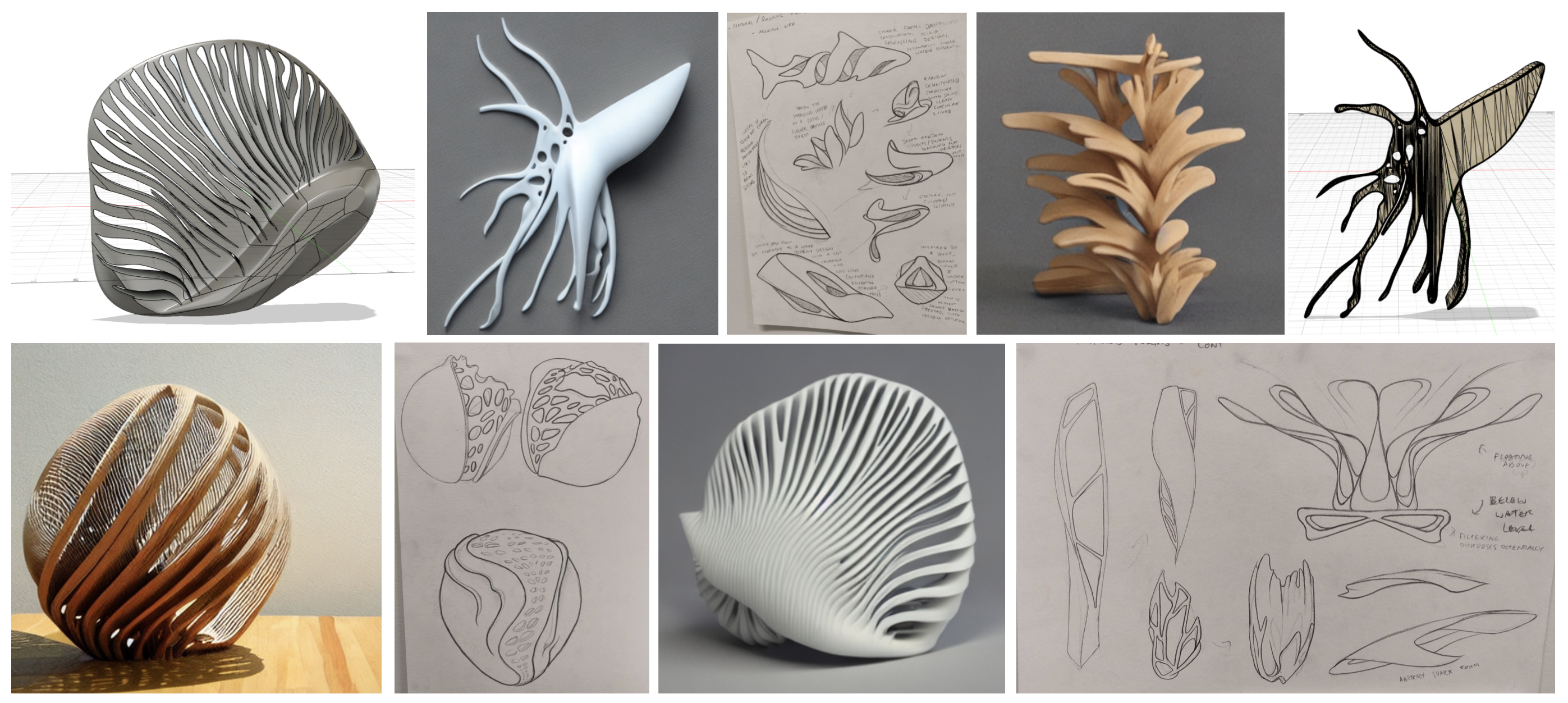Carbon Sequestering Device

This project was based around creating a 3D printed carbon absorption device designed to address the environmental impact of CO2, mainly in oceans. I explored the design heavily, making a device that mimicked nature was important to keep seascapes inhabitable, or double as homes for creatures within the ocean. I wanted to explore the use of 3D-printed wood infused with Hilbert’s optimally printed space-filling curves to enhance carbon absorption, and how that could be modelled within CAD software, to fulfil the needs of the project, and maintain an organic final form.
The bulk of the project was based around researching existing materials to solve this problem, along with testing different methods of carbon absorption, through either methods or materials. I explored many different types of 3D printed materials, but the final model and approach was using a certain kind of 3D printed wood, that already had carbon absorbing properties. By combining space filling curves into the design using the 3D-printed material, you can significantly increase the contact surface available for carbon absorption, making the device more effective in capturing CO2.
Overall, this was a really interesting project as well, and I got to explore the basics of PLA chemistry, carbon absorption and research to find an intersection of technology and design to solve an issue as prevalent as ocean acidification. This project provided valuable insights into the intersection of materials science, environmental technology, and sustainable design. Through extensive research into PLA chemistry and carbon absorption mechanisms, I developed an innovative solution addressing ocean acidification. The project, conducted as part of a think tank focused on the UN’s 17 Sustainable Development Goals, offered an intensive learning experience in applying inter-disciplinary approaches to tackle significant environmental challenges.